People in the industry once said that the development of 3D printing technology lies in its printing materials, which is both an advantage and a bottleneck restricting its development. The technical requirements of different printing materials for 3D printers will also vary. In this issue, the author has collected these 3D printers for everyone. Most of them are surprised by the printed materials, and some of them are eye-catching by appearance. As for who is the real strange king? If the benevolent sees the wise and sees the wisdom, please also ask the officials to come and decide.
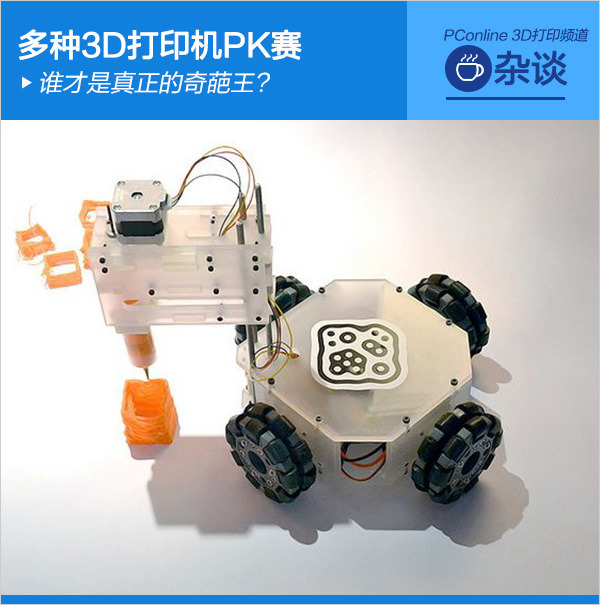
A variety of 3D printers PK tournament: Who is the real odd king?
This Disney is not ordinary
Recently, the Disney Research Center has published a paper "A Soft and Interactive Object Layered Fabric 3D Printer" that details the working principle of a new 3D printer. Different from other 3D printers based on FFF, FDM, SLS, SLA and other technologies, Disney has developed a new printing technology for 3D printers. Its biggest feature is that it does not use plastics, metal, paper or food during printing. Instead of materials, use fabric or cloth. You can use it to print a rabbit (a), a sunny doll (b), a tactile sensor (c), or a mobile phone case (d) with a wireless charging function.
In the same way, this fabric 3D printer also uses a layer stacking method in which the shape of each layer is trimmed by a laser cutter and bonded to a layer of fabric by a pressure sensitive adhesive. , heated to activate the adhesive. As with other 3D printed objects, extra support material (the same fabric) needs to be removed after printing. The final product of 3D printing seems to be somewhat unsatisfactory. After all, it is still only a concept product.
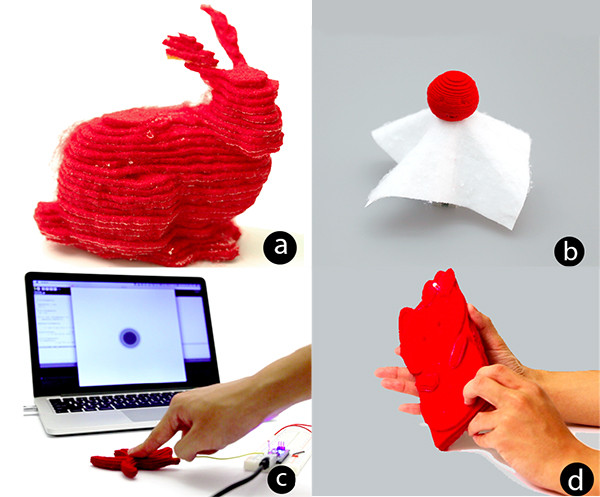
Of course, you can also add conductive fabrics, electronic devices, and even NFC devices to these print objects, giving them more functional properties. It is worth mentioning that this fabric 3D printer can also use two kinds of cloth printing simultaneously to integrate the conductive material into the cloth sheet. In fact, as early as last year, the Disney R&D Center and Carnegie Mellon University jointly developed a 3D printer that can be used to print all kinds of teddy bears with wool, which is similar to this one.
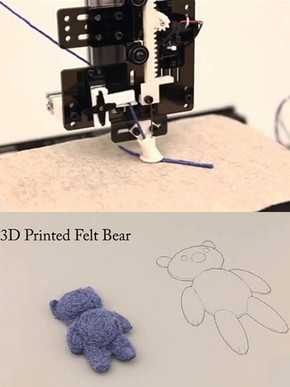

In appearance, the device is much like a combination of a 3D printer and a sewing machine. It can print a 3D object that looks very fluffy. The tower uses a loose felt or wool-like material. The 3D printer will Felt cords are wound layer by layer, according to the 3D digital model to achieve a specific geometric shape, the printed object is both soft and flexible. From the printed material, it is easy to think of those cute hand-knitted fabrics.
2
LEGO 3D Printer
At Instructables, a friend named William uses the LEGO EV3 Mindstorms system and a hot glue gun to DIY a Lego 3D printer. What is special about it is that it uses hot glue for printing. The glue gun is heated to a certain temperature before printing, and each layer of extruded heat takes about 30 seconds to cool and harden. For the time being, it doesn’t say how effective it is. It’s just Lego’s assembly that has earned enough attention. What do you think?

From the figure we can clearly see that its X and Y axes run along the rack track to ensure more accurate movement. Coincidentally, VimalPatel, a New Zealand industrial design professional, used LEGO and thermal glue guns to create a hand-held 3D printer with materials that use biodegradable 3D printed wire.

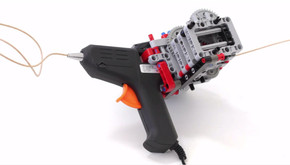
To further simplify the program, Patel chose to use Lego blocks and a cheap hot glue gun as a component. To be exact, it looks more like a 3D printer pen or a handheld 3D printer.
Vormvrij 3D Ceramic Printer
The next thing to talk about is the design team from the Netherlands, Yao and Marlieke, who developed a ceramic 3D printer called “Vormvrij 3D†that looked strange and even somewhat unlike the appearance of a traditional 3D printer. The speed of printing depends on the specific model design and the type of clay. The model is simple and compact, and it can be completed in about 15 minutes. After printing, it needs to be baked to make it a real hard ceramic.
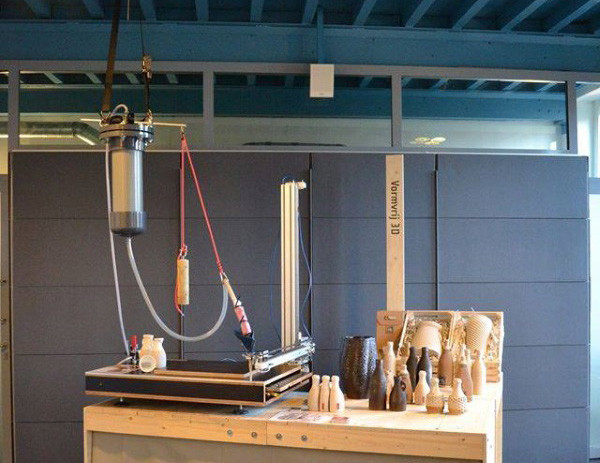
Vormvrij 3D ceramic 3D printers, in addition to actively controlling the flow of clay, have also introduced a two-color claystruder, some models can print different colors or types of clay. It is worth mentioning that the ceramic 3D printer can directly handle photo objects and the images can be printed directly in 3D.

Sosanya 3D Printer In order to break the rules of the city, the industrial designer named Oluwaseyi Sosanya produced a 3D printer capable of fabrics. The printed product resembled a honeycomb, and its design inspiration came from nature. Adding some silicone during printing can make the final product more sturdy.
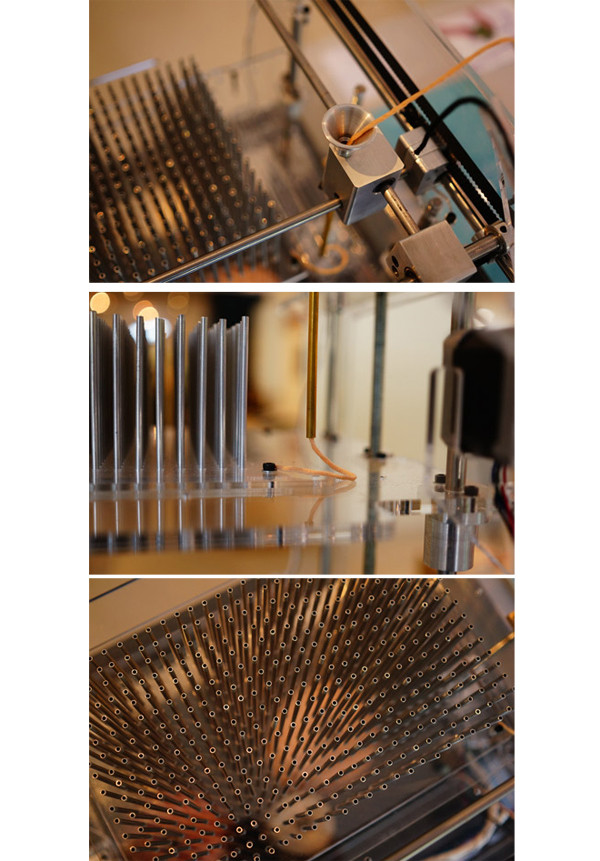
In addition, Sosanya also showed some of his applications in real life, such as the shoes in the figure, mixed with cotton, paper, wool three materials. Although at the present stage only the soles of the finished products are displayed, Sosanya believes that this kind of printing technology can also be applied to other more extensive fields such as transplant surgery and air purification.
3&Dbot 4D Drive 3D Printer
Researchers from the Catholic University of Rio de Janeiro installed four wheels for their 3&Dbot 3D printers, making them light and compact. Researchers installed an arduino microcontroller on the 3&Dbot, which can move in any direction in the wireless state and print out the objects they want according to the drawings.
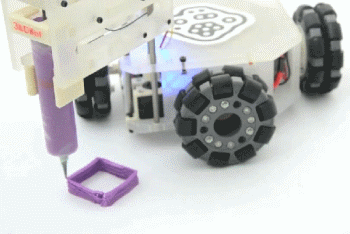
The 3&Dbot is very flexible to move. In addition to the unique way of moving, 3&Dbot still uses the traditional method of material lamination in terms of printing methods. However, because the current system can not accurately control the trajectory of the wheel, 3 & Dbot's work looks a bit neat.
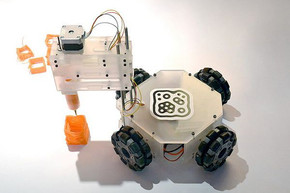

Nanometer Ink 3D Printer Just last week, Israeli Nano Dimension company in Tel Aviv presented a new 3D printing system Dragonfly 2020 3D for PCB 3D printers and a set of nano inks for PCB professionals.
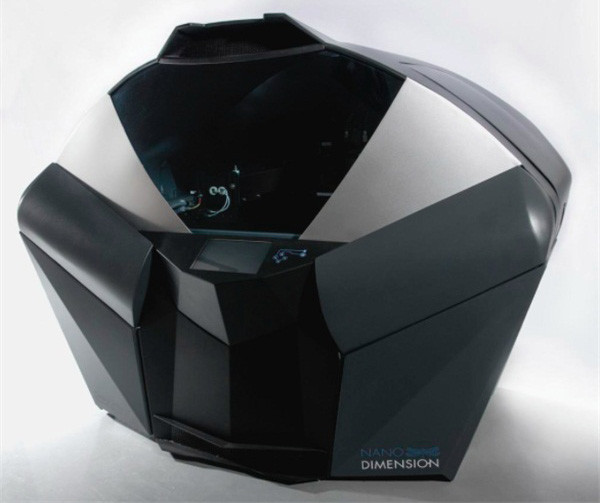
Dragonfly 2020 3D adopts advanced 3D inkjet deposition technology and corresponding insulated/conducting nano inks. Its biggest feature is that it can print more than 10 layers of multilayer electronic circuits in a few hours. It is suitable for those who need to carry out PCB rapidity. Iterative rapid prototyping process.
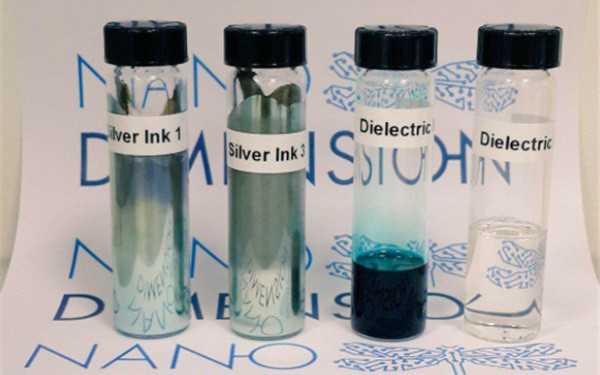
In addition to cutting down on the development cycle of multi-layer electronic circuits, this technology will also greatly reduce the cost, allowing developers to complete the entire process independently, which can not only protect intellectual property rights but also facilitate development. In addition, the Dragonfly 2020 3D can also be post-printed and soldered. Existing copper-based PCBs can be used without the need for tool change or existing development processes. There is no floor height limitation and all Gerber files are supported.
We have to admit that, compared with those desktop-class 3D printers whose appearance is too strict, the 3D printers introduced in this issue have indeed subverted our understanding of the traditions, not only their peculiar appearance, but more importantly, they have The printed materials used and the printing process, although most of them are still in the research and development stage, but in the future it brings us more possibilities, and this is also a benefit for the creators. See here, I do not know whether you have the answer in your heart, who is the real King of Wonders?
(Editor)